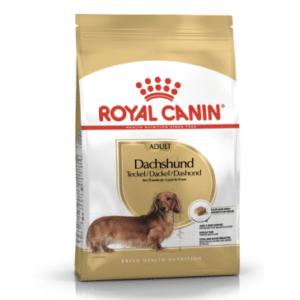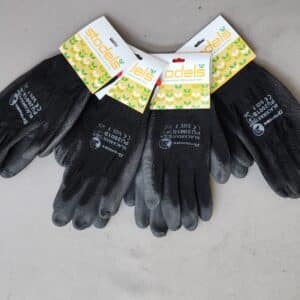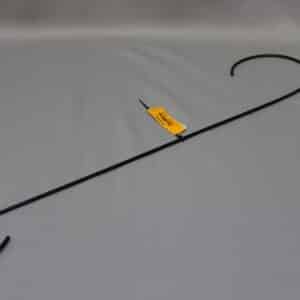Indoor Plants – Cymbidiums
Indoor plant tips

Indoor Plants – Cymbidiums
Cymbidiums are regarded as the queen of winter indoor plants – their glorious blooms provide months of colour from June until September. The word Cymbidium comes from the Greek word “kymbe” meaning a boat, referring to the hollowness in the lip of the flower.
Cymbidiums are easy to grow, relatively fool-proof and exceptionally generous plants. They produce many large beautiful flowers and are ranked as one of the best known and most popular orchids. The genus consists of about 50 species and thousands of hybrids have been bred from these.
The typical growth form of Cymbidium orchids is quite distinctive. Although they have pseudobulbs (swollen stems that store water and food), these are covered by the sheathing leaf bases of their long, arching, strap-like leaves. Flower stalks arise from the base of the pseudobulbs, and are hard to distinguish from new growths in their early stages. Typically there will be 7 – 12 flowers on an arching or erect flower stalk, but 20 or more flowers is not unusual for some varieties. As with all plants, they require light, air, water, food, a support medium and occasionally some pest control.
Want to know how do you get the best out of your cymbidium? Follow this checklist :
Location :
Place your cymbidium in a protected spot away from direct sun and wind. It will thrive in an area which is warm, receives bright light and is well ventilated. If it gets too little light, it will not flower well. In winter, place it indoors or on an enclosed patio in a spot which receives morning sun and late afternoon light. In summer, it can be placed under trees that offer filtered light or on a shady patio. Indoors, place it next to a window that gets bright light, but ensure there are no draughts.
Temperature and humidity :
Cymbidiums will tolerate temperatures as low as -2 degrees Celsius but if your garden receives heavy frost you must protect the plant. Humidity is very important to cymbidiums. The plants start to feel uncomfortable when it gets below 40% humidity. The answer is to place the plant on a tray of pebbles lying in water.
Light :
Cymbidiums appreciate dappled sunlight, or about 50% shade. They can be moved outdoors in the summer, providing they are not put into direct sunlight. A few hours of weak morning sunlight and shady afternoons are perfect.
Watering :
Never allow the plants to dry out and always keep the potting medium moist. If too much drying out occurs flowering the following year will be poor. Normally, watering once a week is sufficient but, during the hot summer months it may be necessary to water twice weekly. Try to water in the morning, before midday which will avoid the possible loss of new growths. Avoid watering if the soil in the pot is damp.
Feeding :
It is best not to overfeed cymbidiums. However, the right amount of fertiliser is important for bulb growth and subsequent good flowering the following year. Feed them with a balanced orchid fertiliser or slow release fertiliser at the recommended strength in spring and a liquid fertiliser during the growing season. Be careful to avoid a high nitrogen fertilizer as this will cause rapid foliage growth at the expense of the bloom.
Blooming :
The cymbidium bloom is triggered by a combination of falling temperatures and reduced water. The miniatures have generally been crossed with warm-house orchids, so they aren’t quite as dependent on cold weather to bloom. The natural bloom season is during winter, when your plants should be indoors and available for display. Cymbidium flowers grow in sprays, with spikes arising from new pseudobulbs every season.
Potting and dividing :
The best time to repot and divide Cymbidiums is between the end of February until the end of June. The plants always grow better if they are contained. Repot into plant pots where there is just enough room for the following year’s growth. Avoid dividing the plant too often, as flowering will be impaired. Each division must have at least three mature bulbs with leaves. Use a mixture of bark and peat as a potting medium (never use garden soil) and enlarge the standard drainage holes found at the base of most plastic pots. Never allow the medium to dry out completely. Start watering when the newly potted divisions start to root.
Pests and diseases :
Outdoors, keep your orchids off the ground, as slugs and snails are the worst enemies of these plants. Regular use of snail bait (a small quantity around the plants every two weeks in the flowering season) gives good control. Scale insects can be treated with Malathion twice, at an interval of two to three weeks. Red spider mites can be treated with Spidermite spray (please follow instructions carefully). In the case of rot and fungal disease, the plant should be unpotted, cleaned and all the diseased tissue cut out. The wounds should be dusted with sulphur and the plants re-potted in new potting mix.
Cymbidium orchids are available at a Stodels branch near you.
You might also like
Shop online
-
- Sale!
DAHLIA LILAC VEIL BULBS
- Original price was: R74.99.R52.49Current price is: R52.49.
- Add to cart Learn More
-
DACHSHUND ADULT 7.5KG
- R1,121.99
- Add to cart Learn More
-
STODELS GLOVES
- R39.99
- Add to cart Learn More




